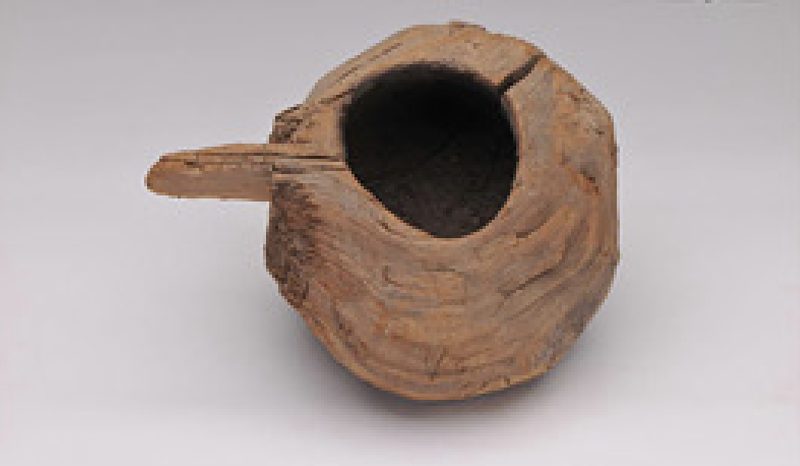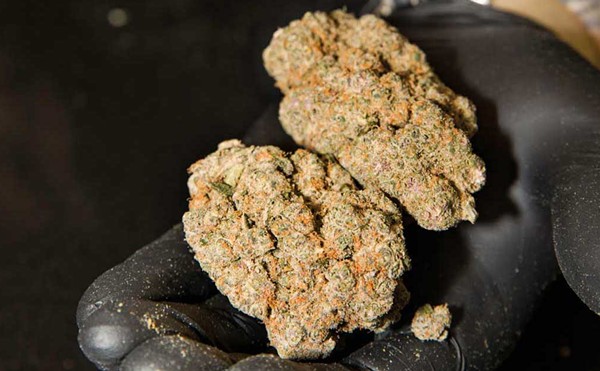
Marijuana enthusiasts are fond of claiming that it's been used for thousands of years. Now solid physical evidence of that claim has been found.
A new study published in the journal Science Advances reports that wooden bowls unearthed in a 2,500-year-old cemetery have significant traces of THC on them. The report suggests that marijuana was tossed on hot stones in the bowls and ingested during funeral ceremonies:
This phytochemical analysis indicates that cannabis plants were burned in wooden braziers during mortuary ceremonies at the Jirzankal Cemetery (ca. 500 BCE) in the eastern Pamirs region. This suggests cannabis was smoked as part of ritual and/or religious activities in western China by at least 2500 years ago and that the cannabis plants produced high levels of psychoactive compounds.
A Chinese researcher noted that marijuana was used "to communicate with nature, or spirits, or deceased people."
You can read the full report here.
It's a new era for marijuana in Michigan. Sign up for our weekly weed newsletter, delivered every Tuesday at 4:20 p.m.






